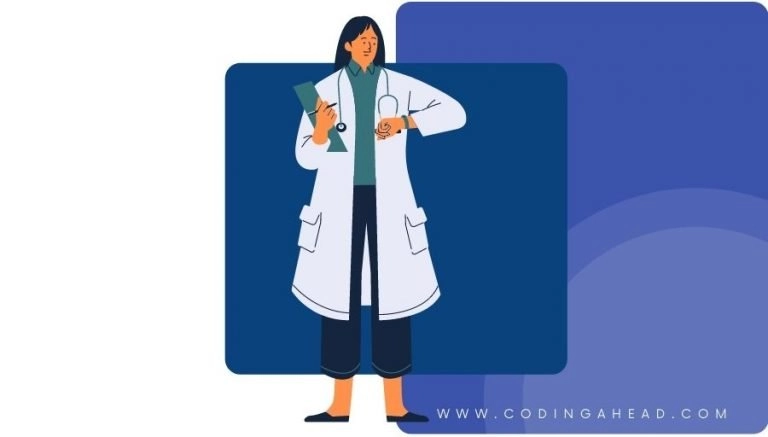How To Use CPT Code 43030
CPT 43030 describes a surgical procedure known as cricopharyngeal myotomy. This article will provide an overview of the code, including its official description, the procedure itself, qualifying circumstances, appropriate usage, documentation requirements, billing guidelines, historical information, and examples of when CPT 43030 may be used.
1. What is CPT Code 43030?
CPT 43030 is a code used to describe a surgical procedure called cricopharyngeal myotomy. This procedure involves the incision of the cricopharyngeal muscle, which is part of the upper esophageal sphincter (UES). By cutting this muscle, the procedure aims to alleviate certain conditions or symptoms related to the throat and esophagus.
2. Official Description
The official description of CPT code 43030 is as follows: “The provider incises the cricopharyngeal muscle, part of the upper esophageal sphincter, or UES.”
3. Procedure
- During the cricopharyngeal myotomy procedure, the patient is appropriately prepped and anesthetized.
- The provider then performs a lateral incision through the skin and soft tissues of the neck near the pharynx.
- This incision allows the provider to expose the upper esophageal sphincter (UES).
- A second lateral incision is made in the muscle, limiting its ability to contract.
- The provider sutures the soft tissue and closes the skin incision.
4. Qualifying circumstances
CPT 43030 is typically performed when there is a need to address specific conditions or symptoms related to the cricopharyngeal muscle or the upper esophageal sphincter. This procedure may be necessary for patients experiencing difficulties in swallowing, problems with the passage of food or liquids, or other related issues. It is important to consult with a qualified healthcare professional to determine if cricopharyngeal myotomy is the appropriate course of action for a particular patient.
5. When to use CPT code 43030
CPT code 43030 should be used when a provider performs a cricopharyngeal myotomy procedure. This code is specific to the incision of the cricopharyngeal muscle and should not be used for other procedures or interventions. It is important to accurately document the details of the procedure to support the use of this code.
6. Documentation requirements
When reporting CPT code 43030, the following documentation should be included:
- Patient’s medical history and relevant clinical findings
- Description of the procedure performed, including the incision of the cricopharyngeal muscle
- Date and duration of the procedure
- Any additional procedures or interventions performed during the same session
- Any complications or unexpected findings
- Provider’s signature and credentials
7. Billing guidelines
When billing for CPT code 43030, it is important to ensure that the procedure performed aligns with the description of cricopharyngeal myotomy. This code should not be reported if other codes within the range of 43020-43045 are more appropriate for the specific procedure performed. It is also important to follow any specific billing guidelines provided by insurance carriers or regulatory bodies.
8. Historical information
CPT code 43030 was added to the Current Procedural Terminology system on January 1, 1990. There have been no updates or changes to the code since its addition.
9. Examples
- A patient with dysphagia undergoes cricopharyngeal myotomy to alleviate difficulties in swallowing.
- A provider performs cricopharyngeal myotomy on a patient experiencing recurrent food impaction in the upper esophagus.
- A cricopharyngeal myotomy procedure is performed on a patient with a history of Zenker’s diverticulum to address swallowing difficulties.
- A patient with cricopharyngeal muscle dysfunction undergoes cricopharyngeal myotomy to improve the passage of food and liquids.
- A provider performs cricopharyngeal myotomy on a patient with a history of radiation therapy to the neck, which has resulted in swallowing difficulties.
- A cricopharyngeal myotomy procedure is performed on a patient with a diagnosis of cricopharyngeal spasm to alleviate symptoms.
- A patient with a history of cricopharyngeal muscle hypertrophy undergoes cricopharyngeal myotomy to improve swallowing function.
- A provider performs cricopharyngeal myotomy on a patient with a suspected cricopharyngeal stricture to address swallowing difficulties.
- A cricopharyngeal myotomy procedure is performed on a patient with a history of cricopharyngeal muscle achalasia to improve swallowing function.
- A patient with cricopharyngeal muscle dysfunction undergoes cricopharyngeal myotomy to alleviate symptoms of regurgitation and aspiration.



